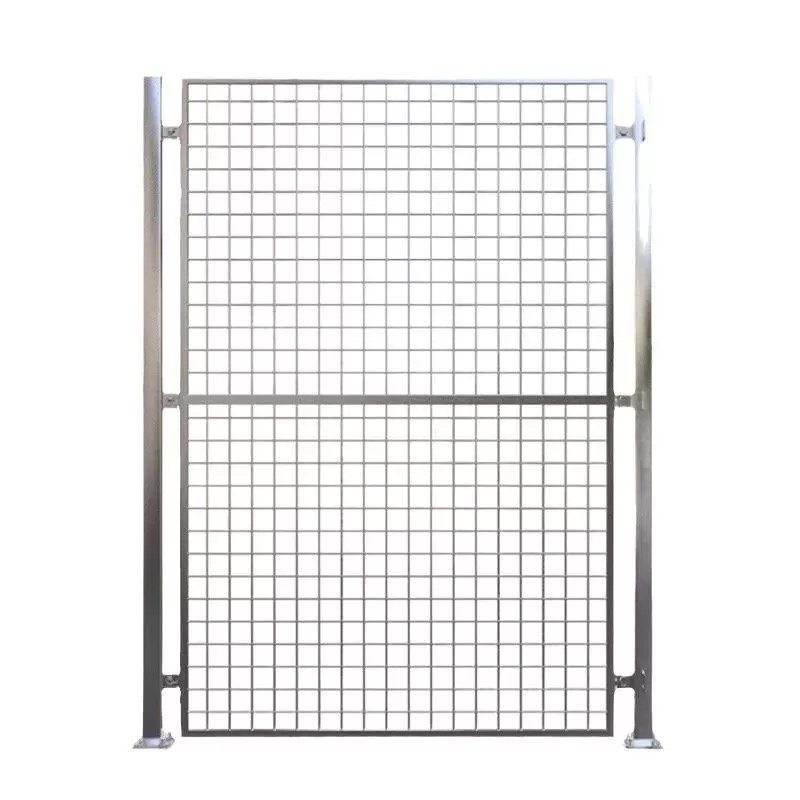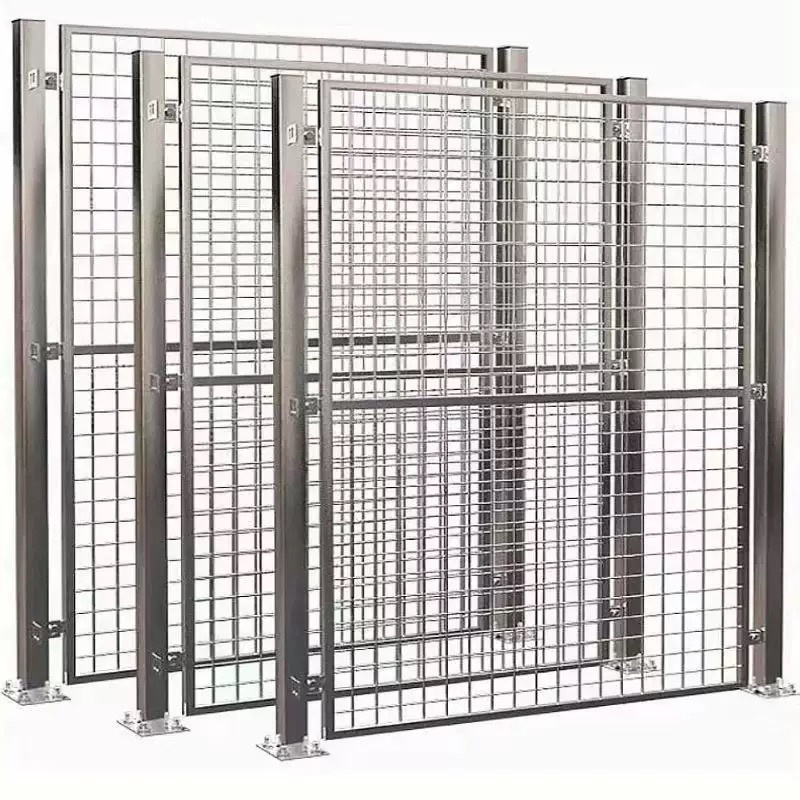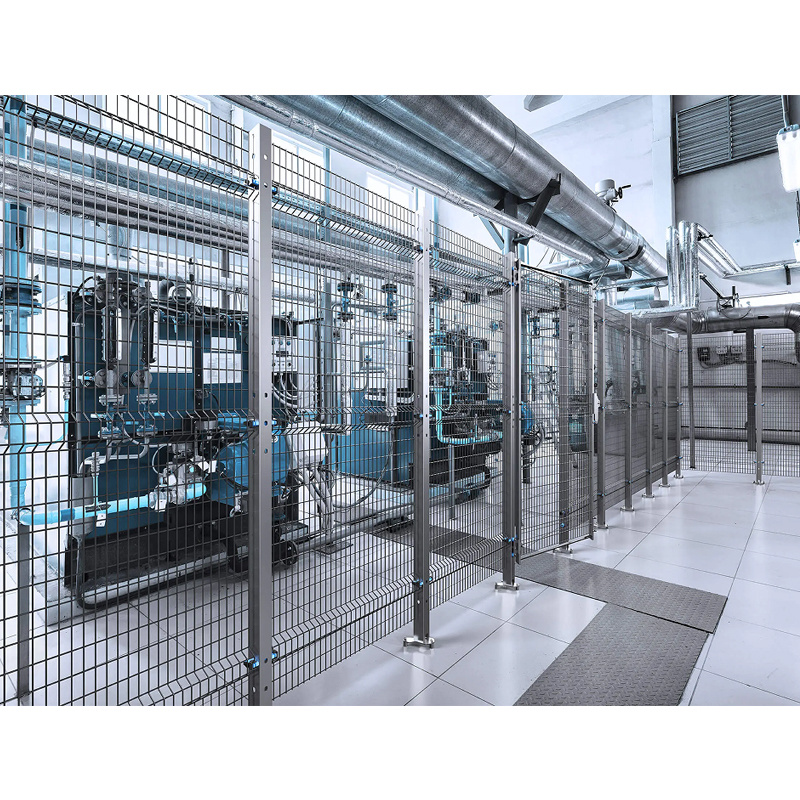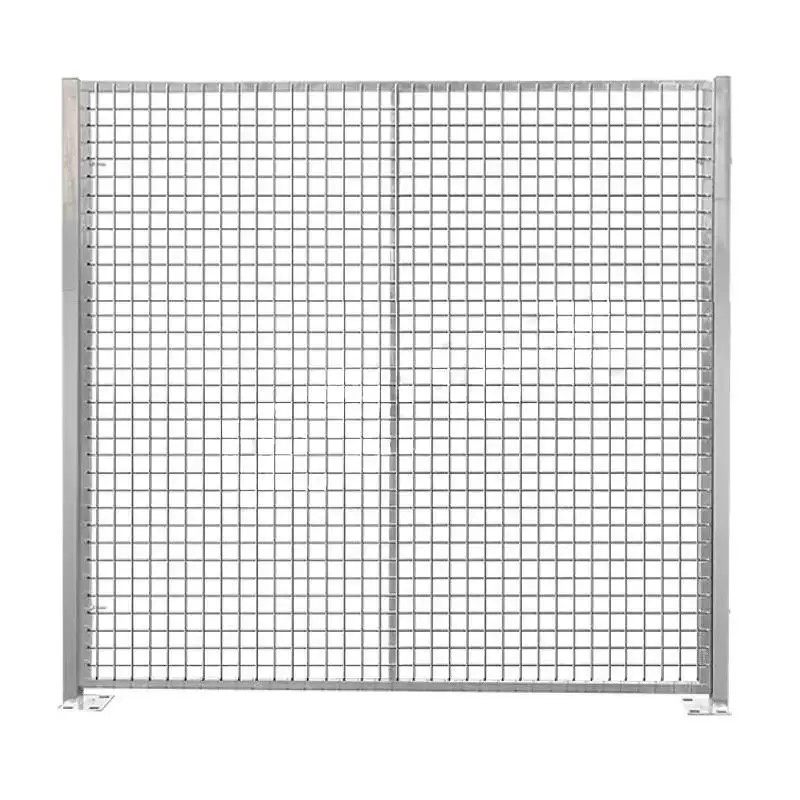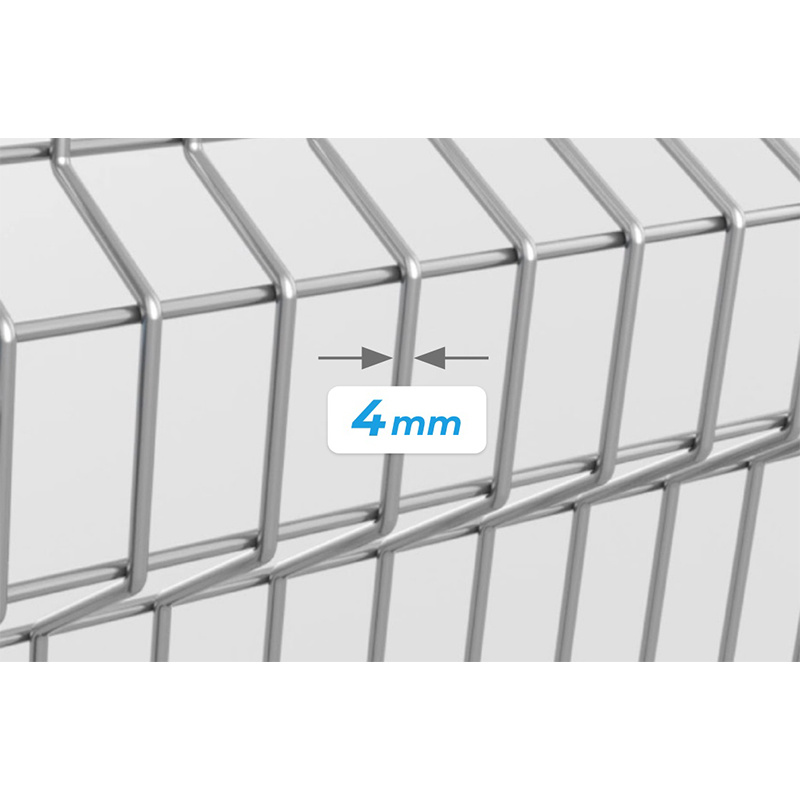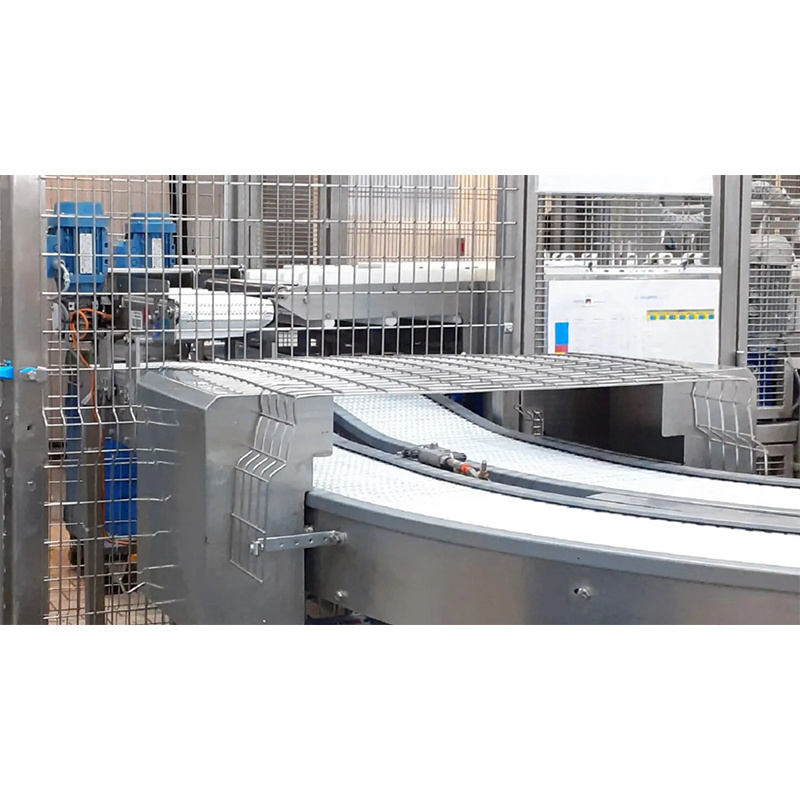Top Benefits of Installing Flexible Anti-Collision Guardrails on Urban Roads
Release Time:
Jul 15,2025
Top Benefits of Installing Flexible Anti-Collision Guardrails on Urban Roads Urban roads are bustling with vehicles, pedestrians, and cyclists, creating an environment where safety is paramount. One of the most effective measures to enhance road safety is the installation of flexible anti-collision guardrails. These guardrails serve a fundamental role in accident prevention and management, ensurin
Top Benefits of Installing Flexible Anti-Collision Guardrails on Urban Roads
Urban roads are bustling with vehicles, pedestrians, and cyclists, creating an environment where safety is paramount. One of the most effective measures to enhance road safety is the installation of flexible anti-collision guardrails. These guardrails serve a fundamental role in accident prevention and management, ensuring that urban traffic flows smoothly while minimizing the risk of injuries and fatalities. In this article, we will explore the numerous benefits of installing flexible anti-collision guardrails on urban roads.
Understanding Flexible Anti-Collision Guardrails
Flexible anti-collision guardrails are specially designed barriers that absorb impact and redirect vehicles during a collision. Unlike traditional guardrails, which can be rigid and cause more harm in accidents, flexible guardrails are engineered to bend and dissipate energy. This innovative design makes them a safer option for urban environments.
The Structure and Functionality of Flexible Guardrails
Flexible guardrails consist of a series of components, including:
- **Rail Elements**: Made from high-strength materials, these rails are designed to flex under impact.
- **Post Systems**: Securely anchored to the ground, posts support the rails and ensure they remain in place during collisions.
- **Energy Absorption Mechanisms**: These features help to dissipate the energy generated during a crash, reducing the severity of impacts.
Why Flexible Anti-Collision Guardrails are Essential for Urban Roads
Urban areas often experience a high volume of traffic, making them prone to accidents. The installation of flexible guardrails is not just about compliance with safety regulations; it’s about creating a safer environment for all road users.
Key Benefits of Installing Flexible Anti-Collision Guardrails
1. Enhanced Safety for Drivers and Pedestrians
One of the primary benefits of flexible anti-collision guardrails is their ability to significantly enhance safety. By absorbing impact, these guardrails reduce the risk of vehicles veering off course. This is particularly important in urban settings where pedestrians and cyclists share the road with motor vehicles.
2. Minimization of Injury Severity
In the unfortunate event of an accident, flexible guardrails are designed to minimize injury severity. Their flexible nature means they can absorb energy better than traditional rigid barriers, lowering the impact forces experienced by vehicle occupants. This design is vital in urban settings where speed limits are lower, but accidents still pose significant risks.
3. Cost-Effectiveness in Urban Planning
Investing in flexible anti-collision guardrails is a cost-effective solution for urban planners. They not only reduce the likelihood of accidents but also lower the costs associated with injuries and damages. When considering the overall expenses tied to traffic collisions, the long-term savings from fewer accidents can be substantial.
4. Versatility in Installation
Flexible guardrails can be installed in various urban environments, from busy city streets to residential areas. Their adaptability allows them to be integrated into different road designs, ensuring that safety measures can be implemented wherever necessary.
5. Environmental Considerations
Modern flexible anti-collision guardrails are often made from recyclable materials, making them a more sustainable option than traditional barriers. As cities strive to enhance their sustainability, these environmentally friendly guardrails align with urban development goals.
6. Improved Traffic Flow and Management
By preventing vehicles from veering into dangerous areas, flexible guardrails help maintain smoother traffic flow. This is crucial in urban environments where congestion is a common issue. Effective traffic management leads to reduced travel times and improved overall mobility.
7. Enhanced Visibility and Aesthetic Appeal
Today's flexible guardrails come in various colors and designs, allowing urban planners to enhance the visual appeal of roadways. Improved aesthetics can contribute to a more pleasant urban environment, making cities more attractive to residents and visitors alike.
8. Supporting Autonomous Vehicle Technology
As cities move towards adopting autonomous vehicles, the need for clear and effective road safety measures becomes even more critical. Flexible guardrails provide a reliable barrier that can work harmoniously with advanced vehicle technologies, contributing to a safer urban landscape.
Installation and Maintenance of Flexible Anti-Collision Guardrails
Proper installation and maintenance of flexible guardrails are crucial to their effectiveness.
Installation Procedures
When installing flexible guardrails, consider the following steps:
1. **Site Assessment**: Evaluate the area where guardrails will be installed, taking note of traffic patterns, potential hazards, and environmental factors.
2. **Design Planning**: Work with engineers to design an effective guardrail system that meets local safety standards and regulations.
3. **Installation**: Use qualified professionals to install the guardrails, ensuring they are securely anchored and positioned correctly.
4. **Testing**: Conduct impact tests to ensure the guardrails perform as expected in real-world conditions.
Maintenance Guidelines
Once installed, flexible guardrails require regular maintenance to ensure their longevity and effectiveness. Key maintenance tasks include:
- **Routine Inspections**: Regularly check for signs of wear or damage, especially after severe weather or accidents.
- **Cleaning**: Remove debris and dirt to maintain visibility and effectiveness.
- **Repairs**: Address any damage immediately to ensure continued protection.
Case Studies: Successful Implementation of Flexible Guardrails
Several cities around the world have successfully implemented flexible anti-collision guardrails, resulting in significant safety improvements.
Case Study 1: Urban Road Safety in Los Angeles
In Los Angeles, the installation of flexible guardrails along busy intersections has led to a noticeable decrease in pedestrian accidents. Traffic studies indicated a reduction in severity of injuries among car occupants and pedestrians alike.
Case Study 2: Flexible Guardrails in Tokyo
Tokyo's implementation of flexible guardrails on urban highways has helped manage heavy traffic flow, reducing congestion and improving overall safety. The city has reported fewer accidents and improved response times for emergency services.
Frequently Asked Questions (FAQs)
1. What are flexible anti-collision guardrails made from?
Flexible guardrails are typically made from high-strength steel or polymer materials designed to absorb impact energy effectively.
2. How do flexible guardrails improve safety?
They minimize injury severity by absorbing impact energy and redirecting vehicles, reducing the likelihood of veering off the road.
3. Are flexible guardrails more expensive than traditional guardrails?
While the initial investment may be higher, flexible guardrails offer long-term cost savings through decreased accident rates and lower damage claims.
4. Can flexible guardrails be installed in any urban area?
Yes, their versatility makes them suitable for a variety of urban environments, including busy streets and residential neighborhoods.
5. How often should flexible guardrails be inspected?
Regular inspections are recommended at least twice a year or after severe weather events or accidents to ensure their effectiveness.
Conclusion
The installation of flexible anti-collision guardrails on urban roads is an essential step towards enhancing traffic safety and efficiency. From minimizing injury severity to supporting sustainable urban development, the advantages of these guardrails are clear. As cities continue to grow and traffic patterns become more complex, investing in effective safety measures like flexible guardrails is crucial for protecting all road users. By prioritizing safety through innovative designs and materials, urban planners can create environments that not only enhance safety but also improve the quality of urban life.
Hot Products


